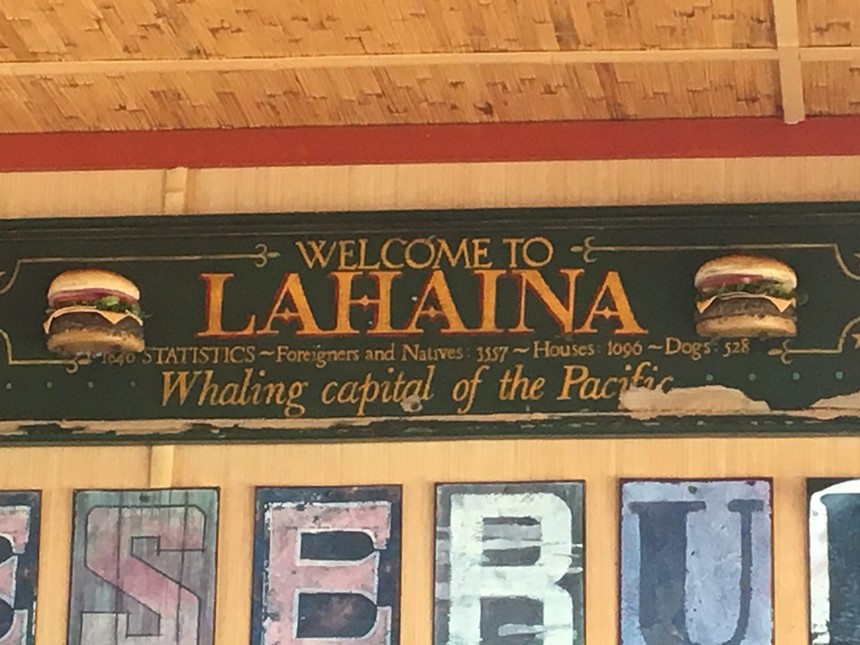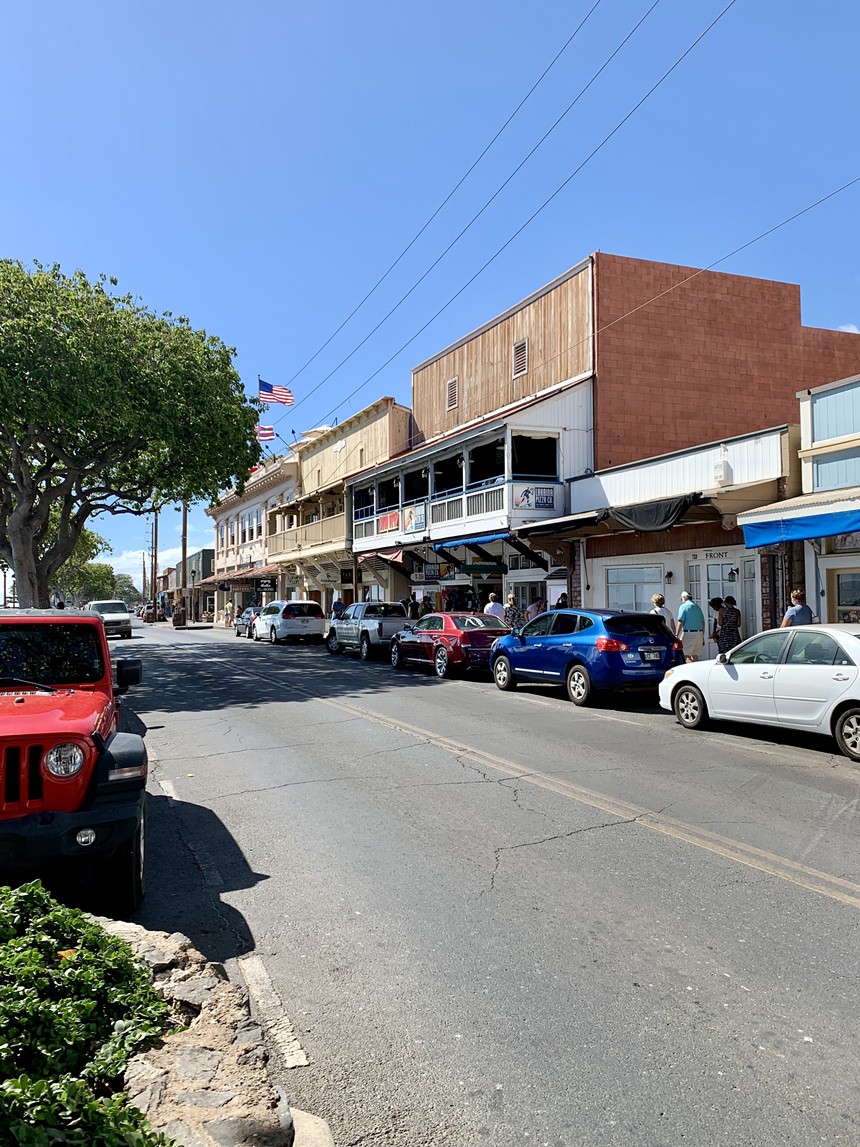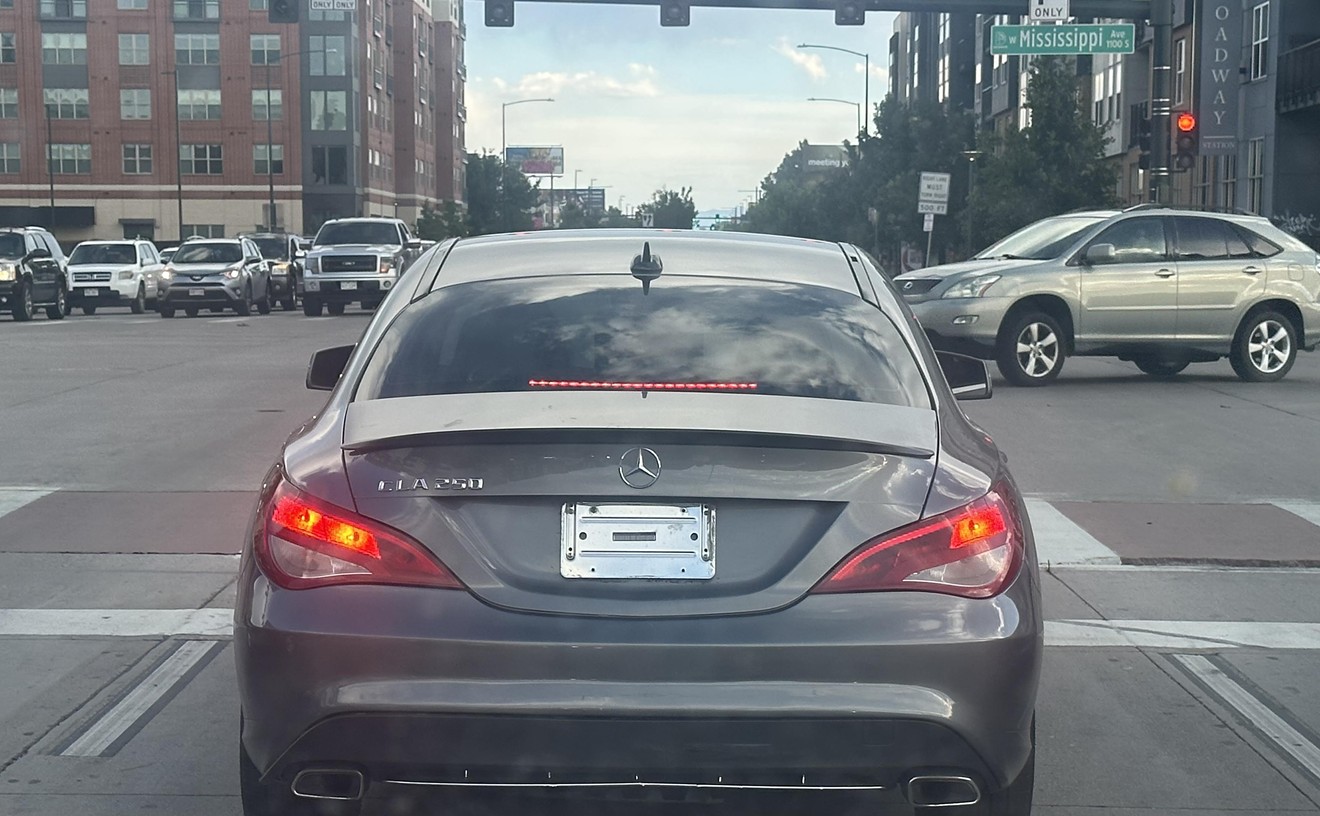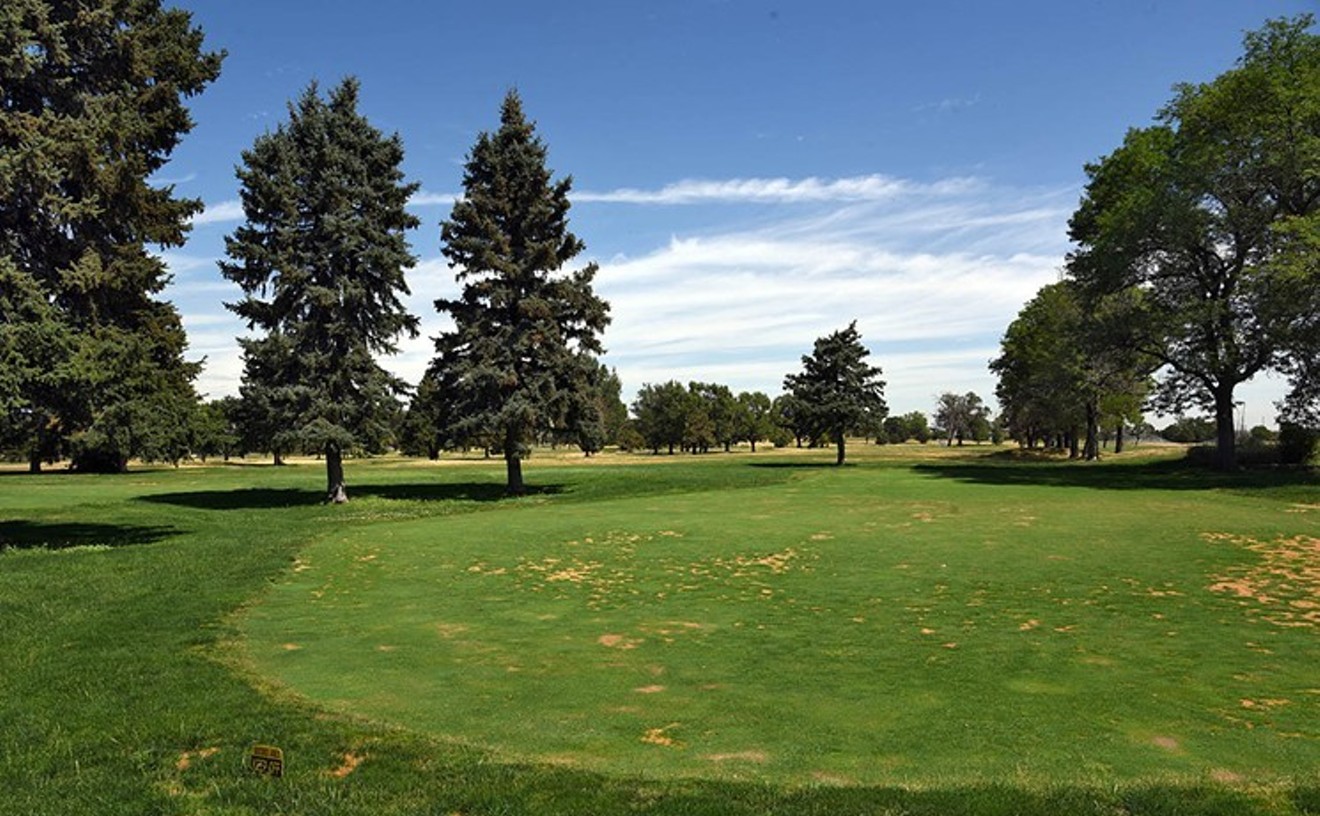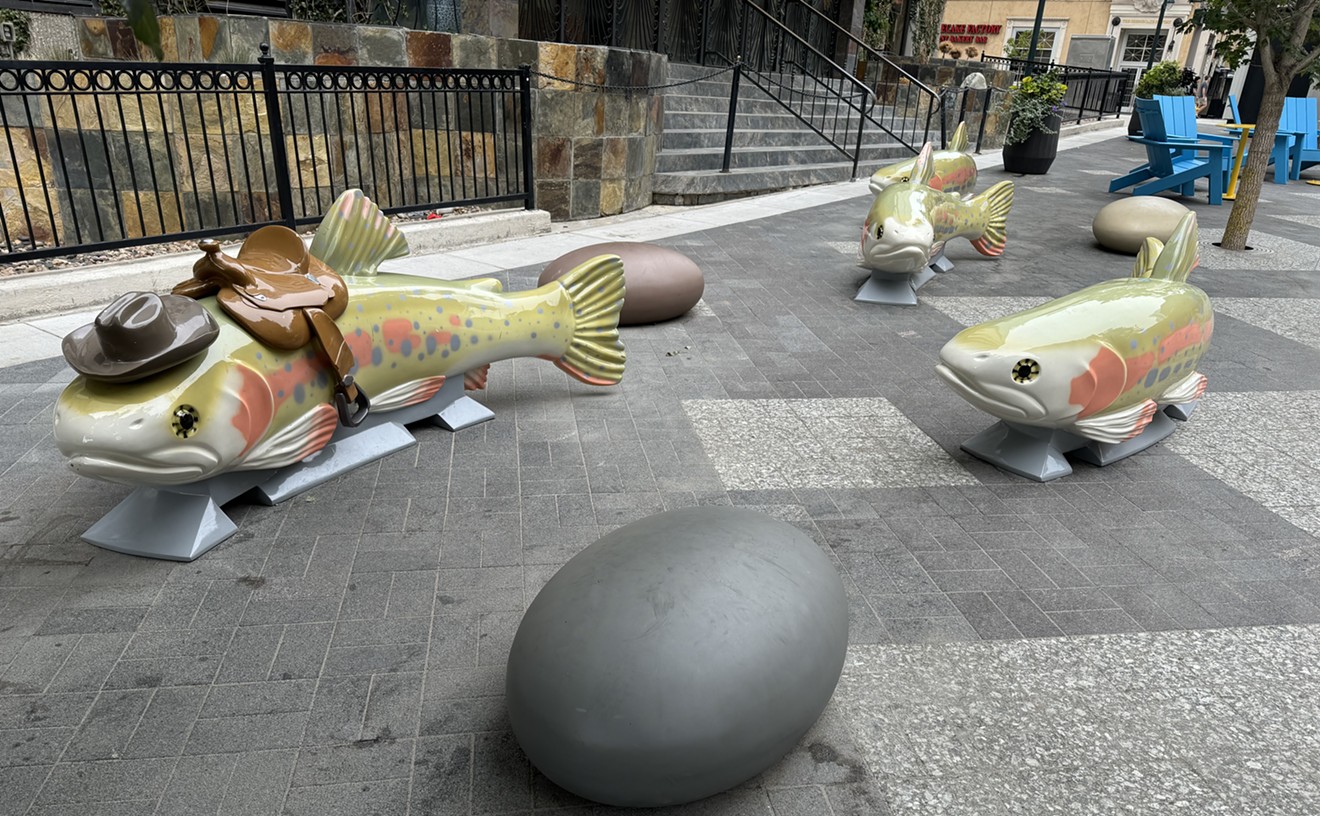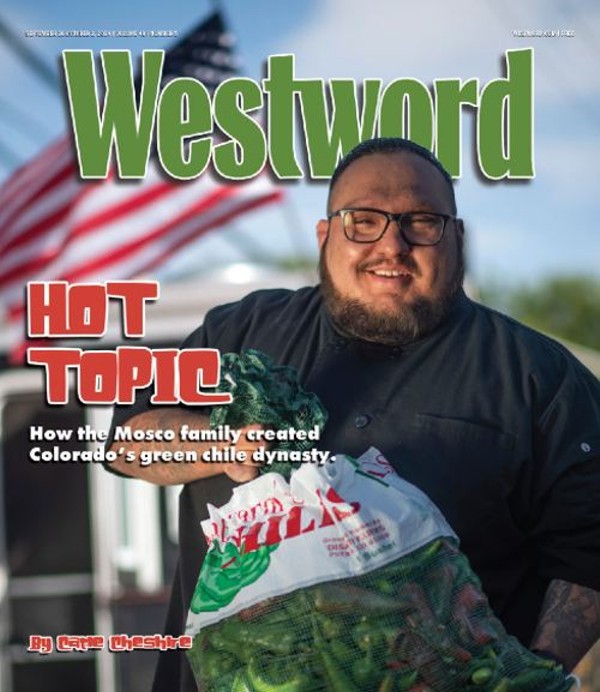We should have said goodbye. We fell asleep on August 7 not knowing that we should have said goodbye to a beloved place that shaped our childhoods — because why would any of us think that a town that has existed and evolved all while continuing to hold tradition and culture and history for centuries would be gone in a matter of hours the next evening?
When the fire reduced Lāhainā to ashes, Brett was on Maui, thinking that his parents, who had lived in Lāhainā for decades, were lost; hours later, after discovering they were safe, he was struggling to kokuā (help) where he could. As a kid born on Oahu, who attended Lāhaināluna High School on Lāhainā’s West Maui hillside, he knew the spaces, knew the people, and was able to assist with communication and support in ways that felt entirely insufficient. More than 3,000 miles away in Colorado, Amy could only watch, powerless, trying to reach loved ones, trying to comprehend the unfathomable loss.
The tragic irony is that the Hawaiian name for the West Maui Mountains above Lāhainā is Mauna Kahālāwai, meaning “holding house of water.” Hawaiians call the area Na Wai Eha or “the Four Waters,” referring to the four streams and rivers that flow out of the West Maui Mountains to Central Maui. For centuries, Hawaiians used this abundant resource to cultivate taro farms and farm fish ponds. During this time, Lāhainā, situated at the base of the mountains, was home to Hawaiian royalty and named the capital of King Kamehameha the Great’s kingdom around the late 1700s. It morphed into a major whaling port and fishing town, and then became the heart of the sugar cane industry. Pioneer Mill Co., the first plantation to grow sugar commercially, was established in 1860 in Lāhainā. For 139 years, the Pioneer Mill was the economic cornerstone of West Maui, with nearly every resident of Lāhainā having some connection to the mill. It closed in 1999, and the past 25 years have seen the service, tourism and construction industries rapidly replace those of sugar cane and pineapple as the driving forces of Maui’s economy.
As tourism and construction have boomed, Maui has seen increasingly longer and drier dry seasons — as evidenced by measuring rainfalls at Pu’u Kukui, often described as one of the wettest spots in the world, located in the West Maui Mountains. Its tallest peak is 5,788 feet above sea level and well above the Iao aquifer, which today helps supply drinking water to Central and South Maui. This year Pu’u Kukui rainfall totals are measuring at three- and four-decade lows.
Through the heyday of the sugar cane industry, the West Maui Mountains were verdant and lush, with emerald green slopes full of marshes and ponds. Those green mountain slopes, which previously held thick, native vegetation, like so much of the other sides of Mauna Kahālāwai, stand now in varying shades of browns, with drought conditions for much of June through October. Along with myriad issues with infrastructure — including standard practices of the Hawaiian Electric Company colliding with historically complicated situations involving access to surface water streams that flowed abundantly down the West Maui mountains — this has led to the island of today. Here we are, in September 2023, 64 years after Hawai’i became the fiftieth state, having lost the historical, cultural epicenter of Hawai’i: the beautiful, more than 300-year-old Lāhainā Town, the original seat of Hawaiian royalty. We lost the documentation and preserved history along with homes, businesses, jobs, memories and, most devastatingly, lives, to a wildfire in a single night.
Now the world is seeing aloha in action, watching as local and indigenous Hawaiians pull together to care for one another, the Maui ’ohana, in the biggest ways in the most incomprehensible times. ’Ohana means family, but ’ohana goes way beyond the family you are born into. ’Ohana means the human family — and Hawaiians hold this value in their hearts to their core. ’Ohana means celebrating and grieving together, supporting in times of trouble. There is a reason why those who don’t live in Hawai’i long to spend time there: Aloha heals. Being in that environment, that community where humility, compassion and valuing of ’ohana override all else, exuding aloha, speaks to the essential needs of our souls.
We, too, are pouring our energy into caring for the people, into sending aloha to Maui. Focusing on the long term, we are working with other Colorado individuals and businesses to educate and fundraise. We are working to build awareness, to educate, to inform about the real needs and where help can go the furthest for years to come. Lāhainā and Maui — these are not “tourist attractions.” They are home. Children attended school in the 109-year-old King Kamehameha III elementary school, now in ruins. We lost Lāhainā Town’s public library, idyllically situated down from the Banyan Tree in front of a prime surf spot, which held the latest fiction, research materials and also books sharing Hawaiian stories, as well as those written in the Hawaiian language. Children played there; sports teams won and lost there; families celebrated birthdays there; humans grew up in this town with their families for generations. And those who did visit enjoyed the atmosphere that the Hawaiian people created.
Heartbreakingly, the island community now must address the grief and the mental health concerns, and work toward understanding how to help people move forward. The physical rebuilding differs from construction in the 48 contiguous states, where supplies, transportation lines and skilled workers are easier to access and more abundant. The challenges of rebuilding an entire historical town on an island in modern times are inestimable. This massive undertaking involves mind-boggling logistics, including cleanup and removal of hazardous and other remaining materials off the island, thoughtful infrastructure redesign and installation, obtaining construction materials and equipment and skilled workers, permitting and timing. There are also the insurance and legal issues, the jobs, businesses, the waiting, the in-between issues of where to live and work while rebuilding.
In this unique situation, on top of all the construction challenges, thinking about Lāhainā Town in the future involves addressing the essential questions of how to preserve the culture when you are rebuilding an entire town, dating back hundreds of years, in modern times. This is not a situation where architects can simply design LEED-certified buildings, gather material, and commence building. The planning must be done with respect, maintaining the cultural integrity, honoring the Hawaiians and Hawaiian legacy that came before.
Our goal is to do our part to assist however we can in supporting these complex needs. Because we take care of each other. We are currently bringing Coloradans together to care for Maui through food, a Hawaiian love language. We are organizing and supporting local Colorado events around sharing food and talking story, fundraising for the Maui Strong Fund so that Coloradans’ contributions can make the greatest positive impact on the Maui community. The Hawai’i Community Foundation established the Maui Strong Fund immediately after the fires. Local, on-the-ground and agile enough to respond to the constantly evolving needs of natives and locals, individuals and businesses, this foundation is providing true Hawaiian care and compassion while addressing the vast need after this devastating tragedy. Go to hawaiicommunityfoundation.org for the explanation of its mission, actions, grant allocations and to contribute.
Please help us kokuā Maui. We would love to work with you so that it doesn’t have to be goodbye, but instead we can say a hui hou, until we meet again …
The next local event to support Maui is Sunday, October 8. Coloradans can dig into ono (delicious) Hawaiian cuisine while supporting Maui at a full-service pop-up brunch at Biker Jim’s around the corner from Coors Field at 2148 Larimer Street from 9 a.m. to 2 p.m. The menu features short rib loco moco, banana macadamia white chocolate pancakes, guamosas and much more, and 100 percent of the net proceeds are going to the Maui Strong Fund. Get more info here: 720-593-0555.
Contact the authors at [email protected] and [email protected].

Audio By Carbonatix
[
{
"name": "Air - MediumRectangle - Inline Content - Mobile Display Size",
"component": "12017618",
"insertPoint": "2",
"requiredCountToDisplay": "2",
"watchElement": ".fdn-content-body",
"astAdList": [
{
"adType": "rectangle",
"displayTargets": "mobile"
}
]
},{
"name": "Editor Picks",
"component": "17242653",
"insertPoint": "4",
"requiredCountToDisplay": "1",
"watchElement": ".fdn-content-body",
"astAdList": [
{
"adType": "rectangleLeft",
"displayTargets": "desktop|tablet"
},{
"adType": "rectangleRight",
"displayTargets": "desktop|tablet|mobile"
}
]
},{
"name": "Inline Links",
"component": "18838239",
"insertPoint": "8th",
"startingPoint": 8,
"requiredCountToDisplay": "7",
"maxInsertions": 25
},{
"name": "Air - MediumRectangle - Combo - Inline Content",
"component": "17261320",
"insertPoint": "8th",
"startingPoint": 8,
"requiredCountToDisplay": "7",
"maxInsertions": 25,
"watchElement": ".fdn-content-body",
"astAdList": [
{
"adType": "rectangleLeft",
"displayTargets": "desktop|tablet"
},{
"adType": "rectangleRight",
"displayTargets": "desktop|tablet|mobile"
}
]
},{
"name": "Inline Links",
"component": "18838239",
"insertPoint": "8th",
"startingPoint": 12,
"requiredCountToDisplay": "11",
"maxInsertions": 25
},{
"name": "Air - Leaderboard Tower - Combo - Inline Content",
"component": "17261321",
"insertPoint": "8th",
"startingPoint": 12,
"requiredCountToDisplay": "11",
"maxInsertions": 25,
"watchElement": ".fdn-content-body",
"astAdList": [
{
"adType": "leaderboardInlineContent",
"displayTargets": "desktop|tablet"
},{
"adType": "tower",
"displayTargets": "mobile"
}
]
}
]


